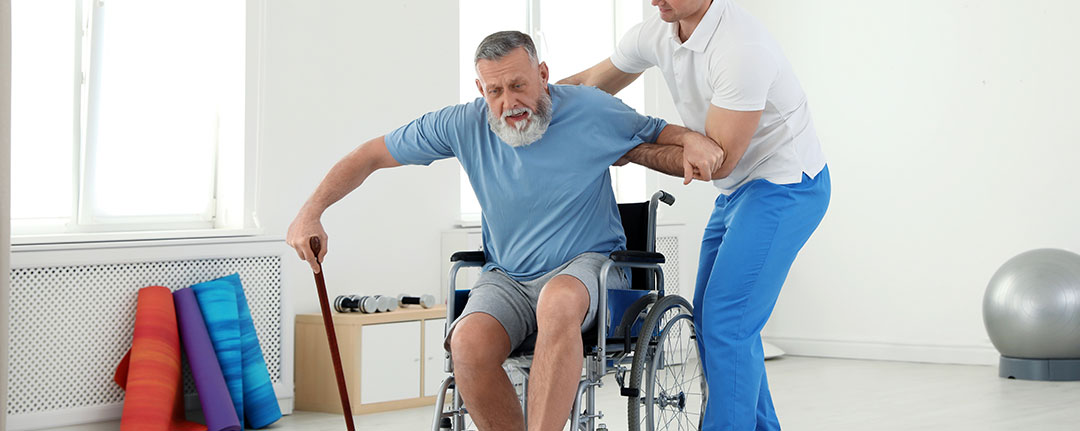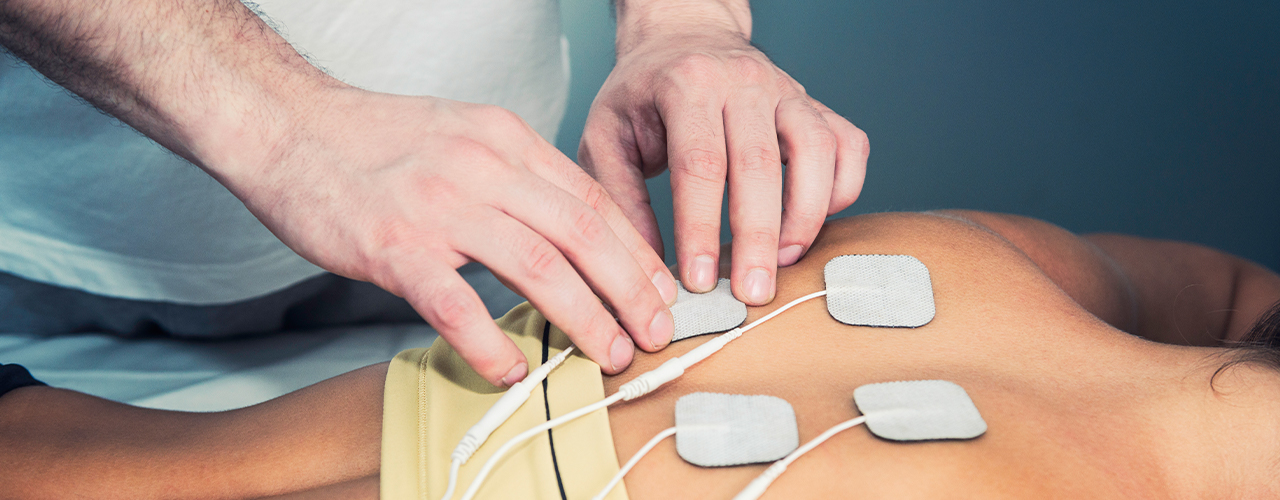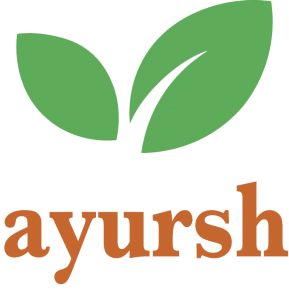 ● 45 minutes
● 45 minutesStroke Care and Recovery Program
Functional stroke rehabilitation focuses on helping individuals regain as much independence and quality of life as possible after a stroke. The goal is to improve motor function, mobility, balance, and daily living skills. Physiotherapy plays a crucial role in this process, using a range of techniques to achieve these goals.
Being unable to function independently is usually a devastating blow. Let’s Knock the T off the CAN’T with help of Ayursh stroke rehabilitation.
After a stroke, you may experience drastic changes in mobility, weakness or paralysis on one side of the body, stiff or tight muscles, dizziness and other balancing realted problems including difficulties with planning or coordination, resulting in clumsy or slow movements. Changes in sensation such as numbness or hypersensitivity are also common along with swelling, fatigue and pain.
We have designed our functional rehab with complete motor skill exercise and motor relearning therapies to improve the overall quality of your life and emotion.
1. Motor Learning and Task-Specific Training. Purpose: Improve motor skills by practicing functional tasks that mimic daily activities. Techniques: Task-Oriented Training: Repetitive practice of activities like walking, dressing, or cooking to enhance motor control and functional ability. Functional Electrical Stimulation (FES): Electrical impulses stimulate muscles to enhance motor function during task practice.
2. Constraint-Induced Movement Therapy (CIMT). Purpose: Improve motor function in the affected limb by encouraging its use. Technique: Constraint: The unaffected limb is constrained using a sling or mitt. Intensive Practice: The patient performs tasks with the affected limb for several hours daily.
3. Neuromuscular Re-education. Purpose: Re-train the brain and muscles to perform movements correctly. Techniques: Proprioceptive Neuromuscular Facilitation (PNF): Uses patterns of movement and manual resistance to improve coordination and strength. Bobath (Neuro-Developmental Treatment): Focuses on normalizing muscle tone and improving motor control through specific handling techniques.
4. Balance and Coordination Training. Purpose: Improve balance, coordination, and prevent falls. Techniques: Static and Dynamic Balance Exercises: Activities like standing on one leg, walking on uneven surfaces, or using balance boards. Gait Training: Techniques such as weight shifting, step practice, and using walking aids to improve walking ability.
5. Functional Mobility Training. Purpose: Enhance the ability to perform daily activities and move independently. Techniques: Transfer Training: Practice techniques for moving between sitting and standing positions, and transferring between surfaces like bed and wheelchair. Stair Climbing: Using proper techniques to climb and descend stairs safely and effectively.
6. Upper Limb Rehabilitation. Purpose: Improve the function and coordination of the affected arm and hand. Techniques: Range-of-Motion (ROM) Exercises: Stretching and mobilizing the shoulder, elbow, wrist, and hand. Strengthening Exercises: Using resistance bands or light weights to build muscle strength in the affected arm. Functional Hand Exercises: Practice tasks like gripping and pinching to improve hand function.
7. Speech and Swallowing Therapy. Purpose: Address communication and swallowing difficulties resulting from a stroke. Techniques: Speech Therapy: Exercises to improve articulation, language skills, and cognitive communication. Swallowing Therapy: Techniques and exercises to improve swallowing function and reduce the risk of aspiration.
8. Cognitive and Perceptual Training. Purpose: Improve cognitive and perceptual skills affected by stroke. Techniques: Cognitive Rehabilitation: Exercises to enhance memory, attention, and problem-solving skills. Perceptual Training: Activities to improve visual and spatial awareness, such as identifying objects and navigating environments.
9. Assistive Devices and Orthotics. Purpose: Support functional mobility and activity participation. Techniques: Orthotics: Custom braces or splints to support weakened limbs or improve alignment. Assistive Devices: Tools like walking aids, adaptive utensils, or specialized computer equipment to aid in daily activities.
10. Functional Electrical Stimulation (FES). Purpose: Enhance motor function and muscle strength through electrical stimulation. Technique: Application: Electrodes are placed on the skin to stimulate muscles during exercise, improving strength and motor control.



